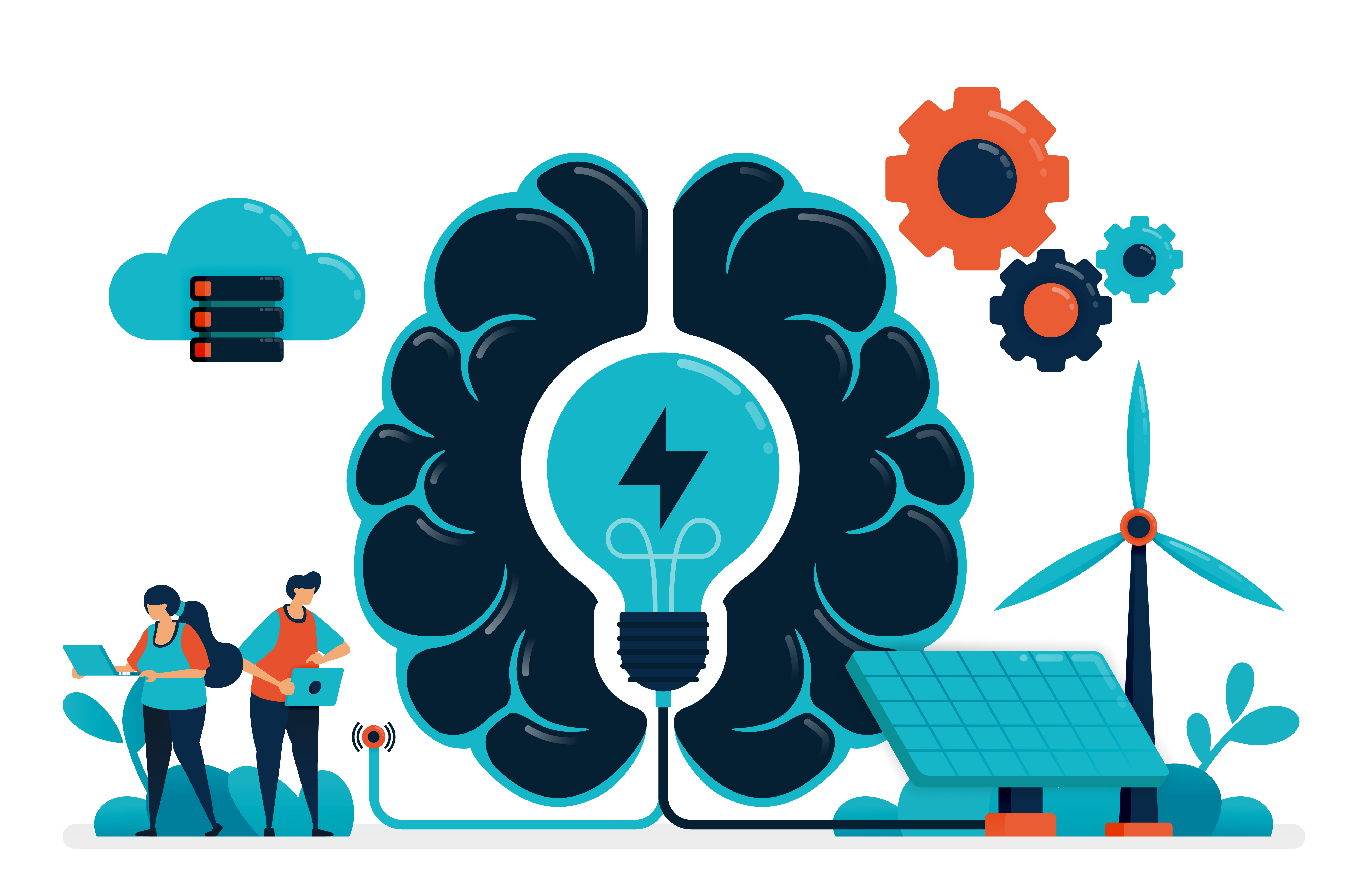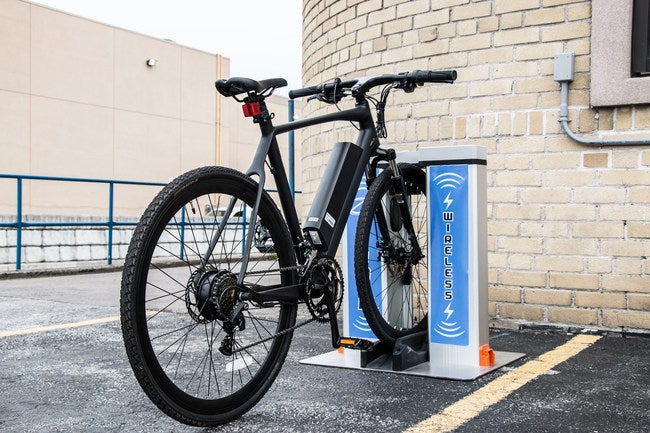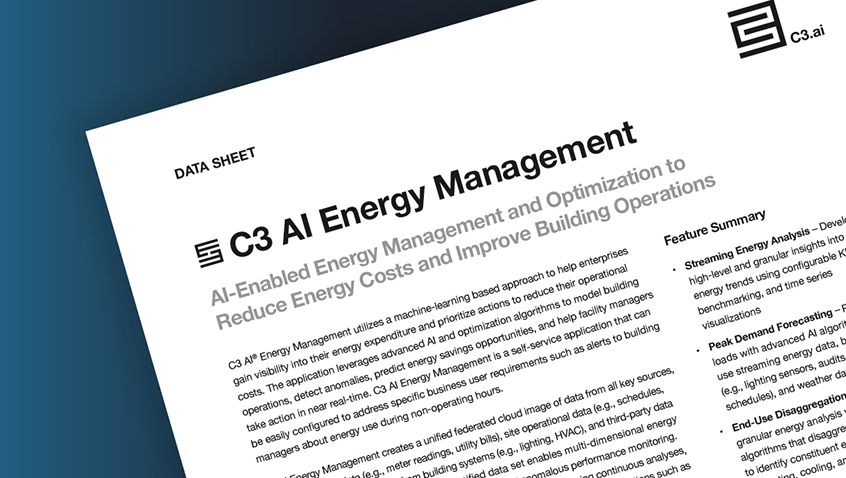The Role of Artificial Intelligence in eBike Energy Efficiency
Artificial Intelligence (AI) plays a crucial role in enhancing eBike energy management, primarily by improving efficiency, extending battery life, and reducing environmental impact. AI-driven energy management systems analyze real-time data, learn from user behavior, and adapt to optimize energy consumption. These intelligent systems can predict power requirements, distribute power efficiently, and monitor energy usage, ultimately leading to a more enjoyable and eco-friendly eBike experience.

How AI Enhances eBike Energy Management
Artificial Intelligence (AI) brings numerous benefits to eBike energy management, optimizing efficiency, and extending battery life. By utilizing AI-driven systems, eBike riders can enjoy a more eco-friendly and cost-effective riding experience. Here are some ways AI contributes to eBike energy management:
- Predictive Analytics: AI-powered systems can analyze patterns and trends in user behavior, weather conditions, and terrain data to predict energy requirements accurately. By anticipating power needs, these systems can optimize energy distribution and ensure a smooth, uninterrupted ride.
- Smart Power Distribution: AI can intelligently distribute power based on factors like rider input, pedal assist level, and current speed. By allocating power efficiently, eBikes can maintain optimal performance while minimizing energy consumption.
- Real-Time Energy Monitoring: AI-driven systems can monitor energy usage in real-time, providing valuable insights into battery life, range, and overall efficiency. This information enables riders to make informed decisions about their riding style and route planning, further extending battery life and reducing environmental impact.
For example, Bosch eBike Systems uses an intelligent motor and battery management system that communicates with the onboard computer to optimize energy usage. Similarly, Specialized Turbo eBikes feature a Mission Control app that harnesses AI to provide custom tuning and advanced power management features, ensuring a seamless and enjoyable riding experience.

Top AI-Powered eBike Energy Management Solutions
Artificial Intelligence (AI) has become increasingly prevalent in eBike energy management, offering numerous benefits to riders. Several leading brands have integrated AI-driven systems into their eBike offerings, including Bosch eBike Systems, Specialized Turbo, and Yamaha. Here’s a closer look at these innovative solutions:
Bosch eBike Systems
Bosch eBike Systems combines an intelligent motor and battery management system with an onboard computer to optimize energy usage. The system’s Performance Line CX motor offers up to 85 Nm of torque, ensuring smooth and powerful pedal assistance. Additionally, the Bosch eBike Flow app provides real-time energy monitoring, customizable riding modes, and navigation features, enhancing the overall riding experience.
Specialized Turbo
Specialized Turbo eBikes feature the Mission Control app, which harnesses AI to provide custom tuning and advanced power management features. The MasterMind Turbo Control Unit (TCU) offers seamless integration between the motor, battery, and display, ensuring optimal energy distribution. Furthermore, the Mission Control app allows riders to customize motor settings, monitor battery life, and track riding statistics, promoting a more efficient and enjoyable riding experience.
Yamaha
Yamaha’s eBike systems incorporate AI-driven technologies to optimize energy management and enhance ride quality. The PWSeries SE motor delivers smooth and quiet pedal assistance, while the Energy Drive System ensures efficient power distribution. The Yamaha app provides real-time energy monitoring, customizable riding modes, and navigation features, enabling riders to make informed decisions about their riding style and route planning.
By incorporating AI-driven energy management systems, these leading eBike brands offer riders improved efficiency, extended battery life, and a more enjoyable riding experience. As AI technology continues to advance, we can expect even more innovative solutions to emerge in the eBike industry, further enhancing performance, user experience, and sustainability.

How to Implement AI for eBike Energy Management
Integrating AI into eBike energy management systems can significantly improve efficiency, extend battery life, and reduce environmental impact. To implement AI in your eBike energy management system, consider the following steps:
Step 1: Compatibility Check
Ensure your eBike’s hardware and software are compatible with AI-driven energy management systems. Consult your eBike’s user manual or contact the manufacturer for information on supported AI technologies.
Step 2: Choose an AI-Powered Energy Management System
Select an AI-driven energy management system that meets your needs and budget. Consider factors such as compatibility, features, and user reviews when making your decision. Leading AI-powered eBike energy management solutions include Bosch eBike Systems, Specialized Turbo, and Yamaha.
Step 3: Purchase and Delivery
Purchase the chosen AI-driven energy management system from a reputable retailer. Once your order is confirmed, wait for the product to be delivered to your doorstep.
Step 4: Installation
Install the AI-driven energy management system according to the manufacturer’s instructions. This may involve replacing existing components or integrating the new system with your eBike’s existing hardware and software.
Step 5: Configuration
Configure the AI-driven energy management system to suit your preferences. This may include setting up custom riding modes, adjusting power distribution, and connecting the system to your smartphone or other devices.
Step 6: Testing and Adjustments
Test the AI-driven energy management system on your eBike and make any necessary adjustments. Monitor the system’s performance and make changes as needed to optimize efficiency and extend battery life.
By following these steps, you can successfully integrate AI into your eBike energy management system, improving efficiency, extending battery life, and reducing environmental impact. Remember to consult your eBike’s user manual and the manufacturer’s instructions for specific guidance on compatibility, installation, and configuration.

Assessing the Effectiveness of AI-Driven eBike Energy Management
Evaluating the performance of AI-based eBike energy management systems is crucial for ensuring optimal efficiency, extended battery life, and reduced environmental impact. Consider the following key metrics when assessing the effectiveness of your AI-driven eBike energy management system:
Energy Savings
Measure the amount of energy saved by the AI-driven system compared to traditional eBike energy management methods. This can be done by comparing the battery life or range of your eBike before and after installing the AI-powered system.
Range Extension
Determine the increase in your eBike’s range due to the AI-driven energy management system. This can be measured by comparing the distance you can travel on a single charge before and after installing the system.
User Satisfaction
Assess the user experience and satisfaction with the AI-driven energy management system. This can be done through surveys, feedback forms, or user reviews. Consider factors such as ease of use, customization options, and overall performance.
Real-World Examples and Comparisons
Compare your AI-driven eBike energy management system’s performance to other users’ experiences or industry benchmarks. This can help you understand how your system stacks up against competitors and identify areas for improvement.
By focusing on these key metrics, you can effectively evaluate the performance of your AI-based eBike energy management system and make informed decisions about its continued use and optimization. Remember to regularly monitor and assess your system’s performance to ensure optimal efficiency and extended battery life.

The Future of AI in eBike Energy Management
Artificial Intelligence (AI) has the potential to revolutionize eBike energy management, offering numerous benefits for eBike performance, user experience, and sustainability. As AI technology advances, we can expect several emerging trends and future developments in AI-driven eBike energy management:
Machine Learning
Machine learning, a subset of AI, enables eBike energy management systems to learn from user behavior and adapt to individual riding styles. By continuously analyzing data on factors such as speed, pedaling force, and terrain, machine learning algorithms can optimize energy distribution and improve overall efficiency.
IoT Integration
The Internet of Things (IoT) allows eBike energy management systems to connect with other devices and networks, expanding their capabilities and providing users with valuable insights. For example, integrating AI-driven eBike energy management systems with smartphones can enable real-time energy monitoring, route planning, and predictive maintenance.
Adaptive Algorithms
Adaptive algorithms can help AI-driven eBike energy management systems respond to changing conditions and user preferences. By continuously updating and refining their decision-making processes, these algorithms can ensure optimal energy distribution and improved battery life, even in challenging environments.
Impact on eBike Performance, User Experience, and Sustainability
These advancements in AI-driven eBike energy management have the potential to significantly enhance eBike performance, user experience, and sustainability. Improved energy efficiency can lead to extended battery life, reduced charging times, and lower environmental impact. Additionally, AI-driven systems can offer personalized riding experiences, real-time feedback, and predictive maintenance, making eBikes more convenient and user-friendly.
As AI technology continues to evolve, we can expect even more innovative applications and solutions in eBike energy management. By embracing these advancements, eBike manufacturers and users can contribute to a more sustainable and connected future.

Challenges and Limitations of AI in eBike Energy Management
While AI for eBike energy management offers numerous benefits, it is essential to acknowledge potential issues and limitations. Addressing these challenges can help ensure a smooth and successful implementation of AI-driven energy management systems.
Cost
One of the primary challenges of AI for eBike energy management is the cost. Advanced AI technology can be expensive, potentially increasing the overall price of eBikes. However, as AI technology becomes more widespread and accessible, these costs are likely to decrease over time.
Complexity
AI-driven energy management systems can be complex, requiring a certain level of technical expertise to install, configure, and maintain. This complexity may deter some users or eBike manufacturers from adopting AI technology. To overcome this challenge, manufacturers can provide clear documentation, user-friendly interfaces, and dedicated support services.
Privacy Concerns
AI for eBike energy management often involves collecting and analyzing user data, which can raise privacy concerns. Ensuring data security and transparency is crucial for building user trust and complying with data protection regulations. Manufacturers should implement robust data protection measures and provide clear privacy policies to address these concerns.
Potential Solutions and Workarounds
To overcome these challenges, eBike manufacturers and users can consider the following solutions and workarounds:
- Collaborate with AI technology providers to develop cost-effective and accessible AI-driven energy management systems.
- Invest in training and support services to help users and manufacturers navigate the complexity of AI technology.
- Prioritize data security and transparency to address privacy concerns and build user trust.
- Explore open-source AI solutions to reduce costs and encourage innovation in eBike energy management.
By addressing these challenges and limitations, eBike manufacturers and users can fully leverage the potential of AI for eBike energy management, improving efficiency, extending battery life, and reducing environmental impact.

Making Informed Decisions: Selecting the Right AI-Powered eBike Energy Management Solution
When it comes to choosing an AI-driven eBike energy management system, it is crucial to consider several factors to ensure a successful and sustainable investment. By carefully evaluating your needs, budget, and preferences, you can select the best AI-powered solution for your eBike energy management requirements.
Budget
The cost of AI-driven eBike energy management systems can vary significantly. Determine your budget before making a decision, and consider the long-term savings and benefits that AI technology can provide. While the initial investment may be higher, the potential for improved efficiency, extended battery life, and reduced environmental impact can make AI-driven systems a valuable choice in the long run.
Performance
Consider the performance features of different AI-powered eBike energy management systems. Look for solutions that offer predictive analytics, smart power distribution, and real-time energy monitoring. These features can help optimize your eBike’s energy consumption and enhance your overall riding experience.
Compatibility
Ensure that the AI-driven eBike energy management system you choose is compatible with your eBike’s make, model, and components. Some systems may only be compatible with specific eBike brands or models, so it is essential to verify compatibility before making a purchase.
Responsible Decision-Making and Environmental Stewardship
When selecting an AI-powered eBike energy management system, consider the environmental impact of your decision. By choosing a system that optimizes energy efficiency and extends battery life, you can contribute to a more sustainable future and reduce your carbon footprint. Additionally, look for AI technology providers that prioritize ethical and responsible practices in their operations and supply chains.
By carefully considering these factors, you can make an informed decision when selecting an AI-driven eBike energy management system. With the right solution, you can enjoy improved efficiency, extended battery life, and a more sustainable riding experience.

